Ammonium acetate [631-61-8]
Ammonium acetate is a white, deliquescent crystalline solid with a slightly acetic odor. It is used as a reagent in analytical chemistry to determine the content of lead and iron, a chemical intermediate in the production of acetamide. It is also a diuretic in veterinary medicine, in other drugs, in fabric dyeing, in meat preservatives, in foam rubber, in vinyl plastics, in the removal of explosives and in determining the content of lead and iron.
Density: 1.17 g / cm3 (20 ° C)
Melting point: 114 ° C
PH value: 6.7 – 7.3 (50 g / l, H₂O, 25 ° C)
Bulk density: 410 kg / m3
Solubility: 1480 g / l
Test (acidimetric): ≥ 98.0%
Insoluble substances: ≤ 0.005%
PH value (5%; water, 25 ° C): 6.7 – 7.3
Chloride (Cl): ≤ 0.0005%
Nitrates (NO₃): ≤ 0.001%
Sulphate (SO₄): ≤ 0.001%
Hazard pictograms
Labeling of hazardous chemicals and mixtures that are part of the Globally Harmonized System of Classification and Labeling of Chemicals (GHS). The pictograms recommended by GHS have the shape of a square set on the top. They should contain a black symbol on a white background with a red border.
Priority rules to be observed in connection with the labeling of a substance:
– the skull and crossbones, the exclamation mark pictogram should not be added.
– corrosive effect, the exclamation mark pictogram should not be added if it concerns eye or skin irritation.
– health hazard determining respiratory sensitization, the exclamation mark pictogram should not be added if it concerns skin sensitization or irritation to eyes or skin.
Source: GHS pictograms




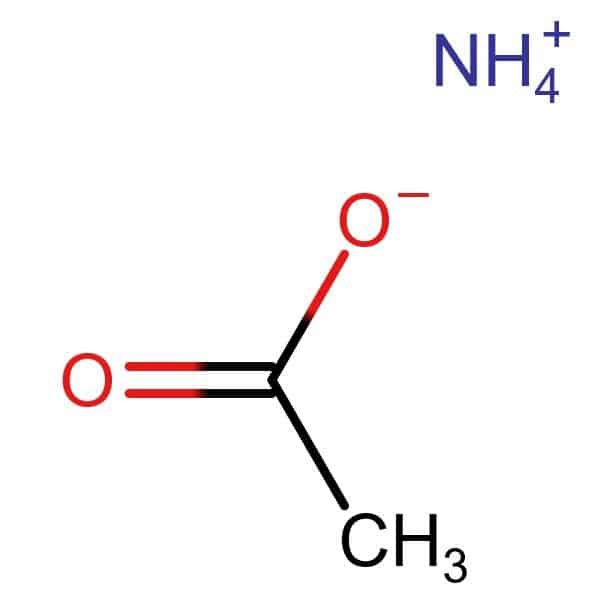
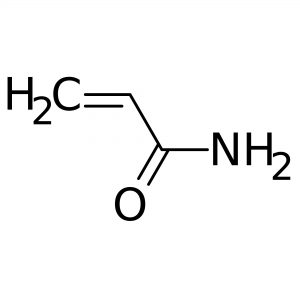
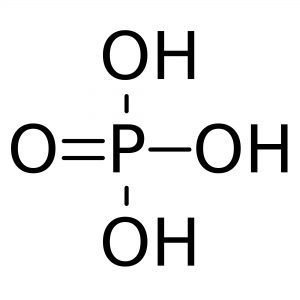
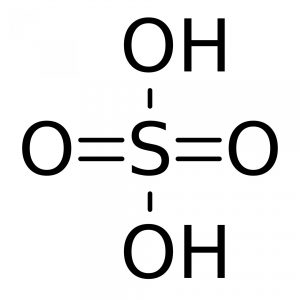
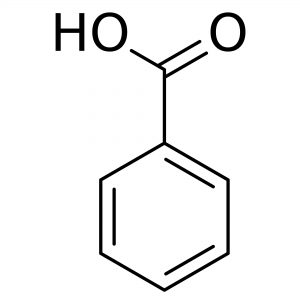
Reviews
There are no reviews yet.